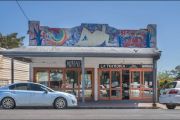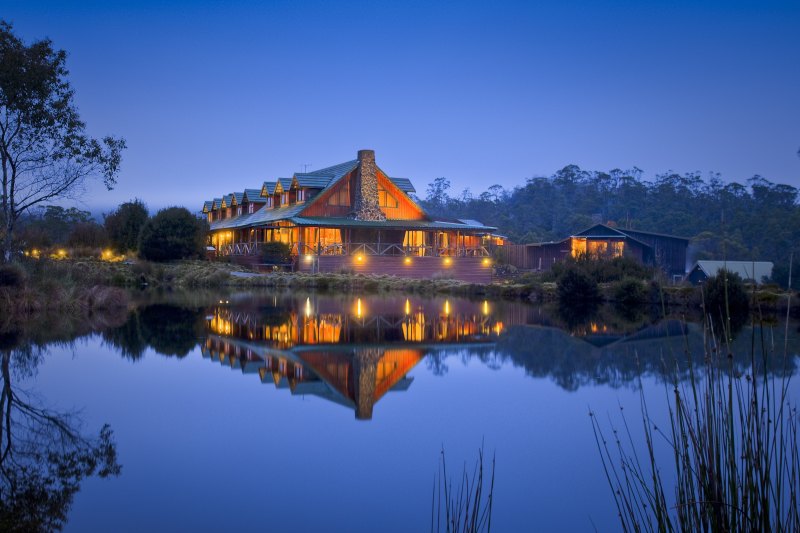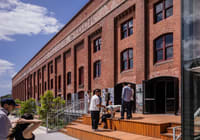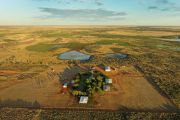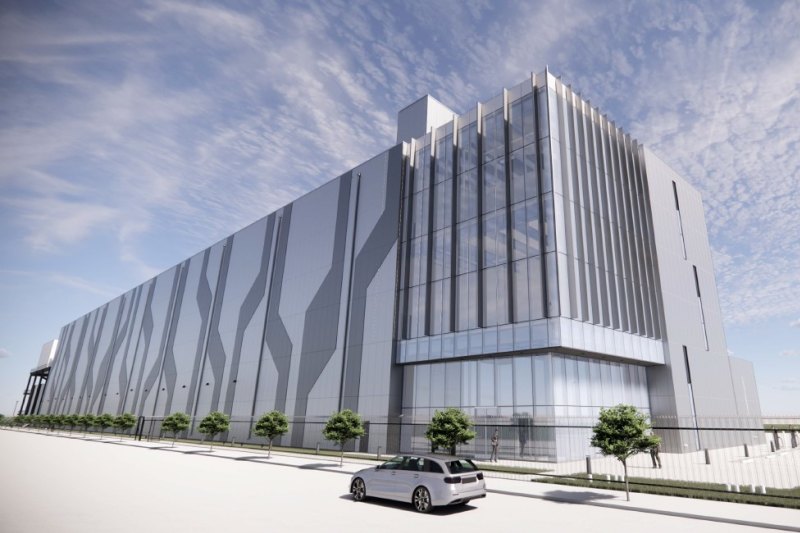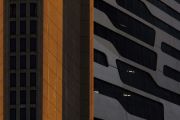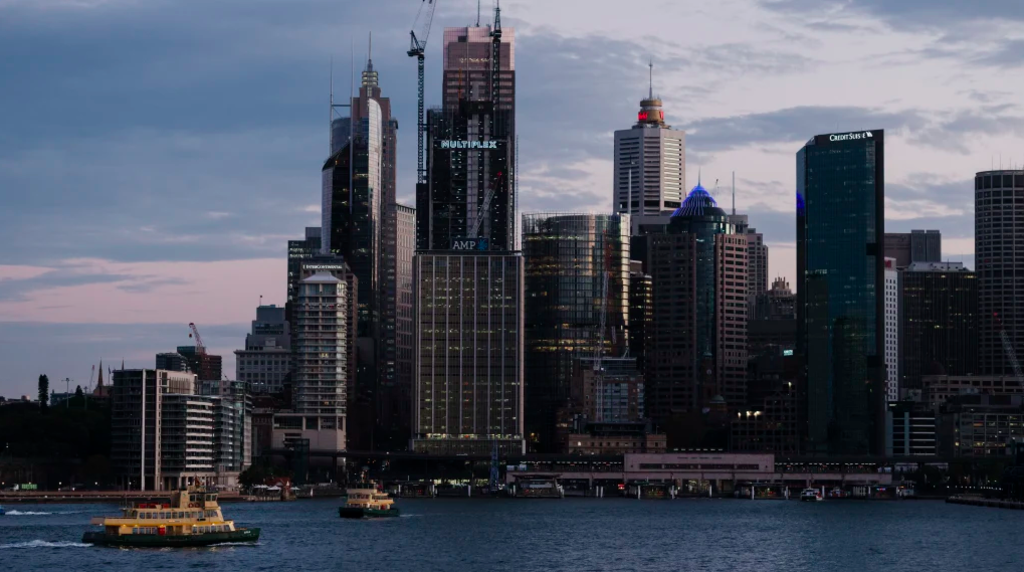
Office vacancy rates on the rise as pandemic takes its toll
Vacancy rates in Australia’s city skyscrapers have close to doubled as they sit devoid of office workers, and things could get worse as experts warn normal conditions may not return for another two years.
The data from the latest Property Council of Australia’s Office Market Report, for the six months to the end of July, reveals the damage wreaked by the global pandemic with Sydney’s vacancy rate almost doubling from 3.9 per cent to 5.6 per cent.
Meanwhile, Melbourne’s CBD vacancy rate, which was also impacted by a 4.6 per cent increase in additional office supply, jumped from 3.2 per cent to 5.9 per cent.
But major landlords, such as GPT and Dexus Property, say the death of the office has been exaggerated. The companies predict that people will opt for a more flexible working week once COVID-19 is contained, with some days spent in the office.
Mark Curtain, head of office leasing, Pacific at CBRE Asia Pacific said leasing activity across Australia’s major east coast office markets has taken a hit from COVID-19 and a return to normal trading conditions looks unlikely until late 2021-2022.
“Although key market metrics have not moved dramatically, being net absorption, vacancy and effective rents, we anticipate more significant statistical change will flow through in early 2021 as the full economic impacts of the crisis are realised,” he said.
Of more concern to landlords is the rising level of sublease space, where companies opt for 10 floors but now only need five, which now sits at the highest level in a decade and is adding to the overall vacancy levels across all cities.
Telstra is one company that has given back floors to its Sydney landlord, as the group has no use for the extra space. The telco has space at 400 George Street, Sydney where it gave back three floors for sublease in June and has since put up another seven (levels 18-20 and 23-29), equal to about 12,100 square metres.
Michael Cook, group executive Investa Property said office occupancy is at unprecedented low levels, adding the underlying potential subleasing market “makes any read [of the data] impossible”.
“Unfortunately, second waves, lockdowns and the fear of public transport and community transmission are weighing heavily on all Australian office markets,” Mr Cook said.
“While we need to be focussed on how we adapt to the changes dealt by a post COVID-19 environment, at present it’s about just getting through this crisis. Our challenges are enormous but are in many ways dwarfed by the challenges of our tenants.”
Of the latest data, Property Council of Australia chief executive Ken Morrison said, while office vacancies increased over the period, aggregate tenant demand was flat across CBD markets, with vacancy increases driven by increases in supply.
“Sublease vacancy in the capital cities, a key metric in falling markets, increased by 0.2 per cent, but this is still at modest levels compared to previous downturns,” Mr Morrison said.
“The reactivation of our CBDs and office buildings will be an important element of our economic recovery in coming months, and something that all levels of government will need to consider carefully.”
Mark Rasmussen, state director Victoria at Savills Australia, said the southern capital is set to overtake Sydney as Australia’s largest CBD office market.
“Major lease transactions continue albeit in lower volumes. The delivery of significant new office supply and issues relating to COVID-19 will continue to push up vacancy rates and lease incentives,” Mr Rasmussen said.
But he added that increased sublease opportunities are “providing attractive options for tenants”.

